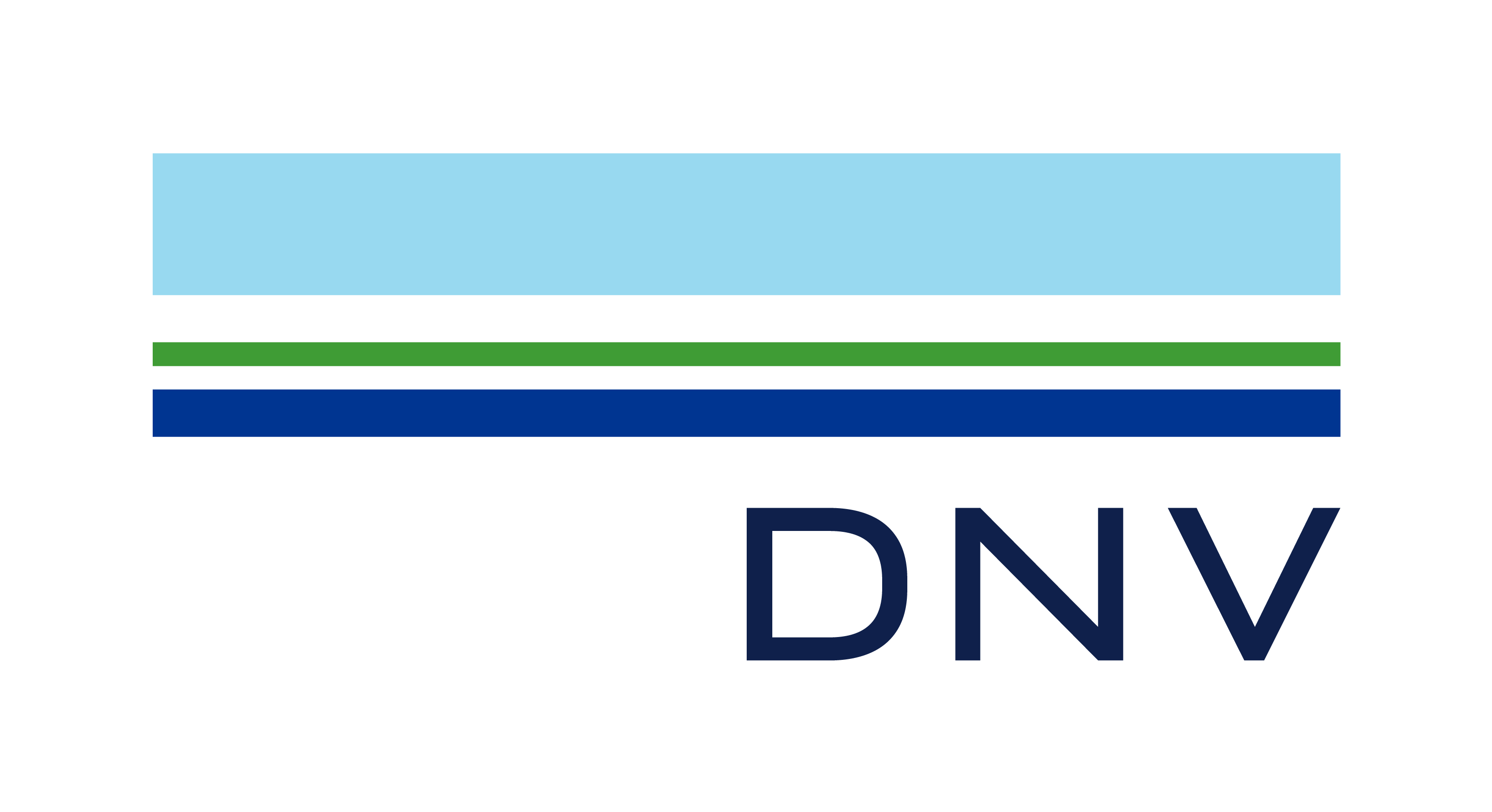- MyISRS
- Features and Benefits
- References and Case Studies
- ISRS Training
- ISRS Book of Knowledge
- ISRS9 Book of Knowledge
- 1. Leadership
- 2. Planning and Administration
- 3. Risk Evaluation
- 4. Human Resources
- 5. Compliance
- 6. Projects
- 7. Competence
- 8. Communication and Promotion
- 9. Risk Control
- 10. Asset Integrity
- 11. Contractors and Suppliers
- 12. Emergency Preparedness
- 13. Learning From Events
- 14. Risk Monitoring
- 15. Results and Review
- History of ISRS
- Log In Help

10. Asset Integrity
Asset Integrity is about the management of physical assets in the workplace to ensure performance requirements are met at optimum cost and managing risks to a tolerable level. The asset integrity programme describes the maintenance, inspection and testing regime for each asset in the asset register. Personnel across different teams must co-ordinate activities to plan and execute the asset integrity programme. Checks of appropriate areas ensure the general condition of assets are maintained. In addition to the asset integrity program, some assets may require routine or pre-use checks. An effective engineering change management process is essential to ensure risks are managed when new assets are introduced, or existing assets are modified or removed. Finally, inspection, measuring and test equipment also require periodic calibration and maintenance, and should therefore be included in the organisation’s asset management system.
Asset Integrity explained by Abidah Ilyas from DNV GL UK


